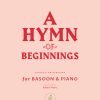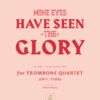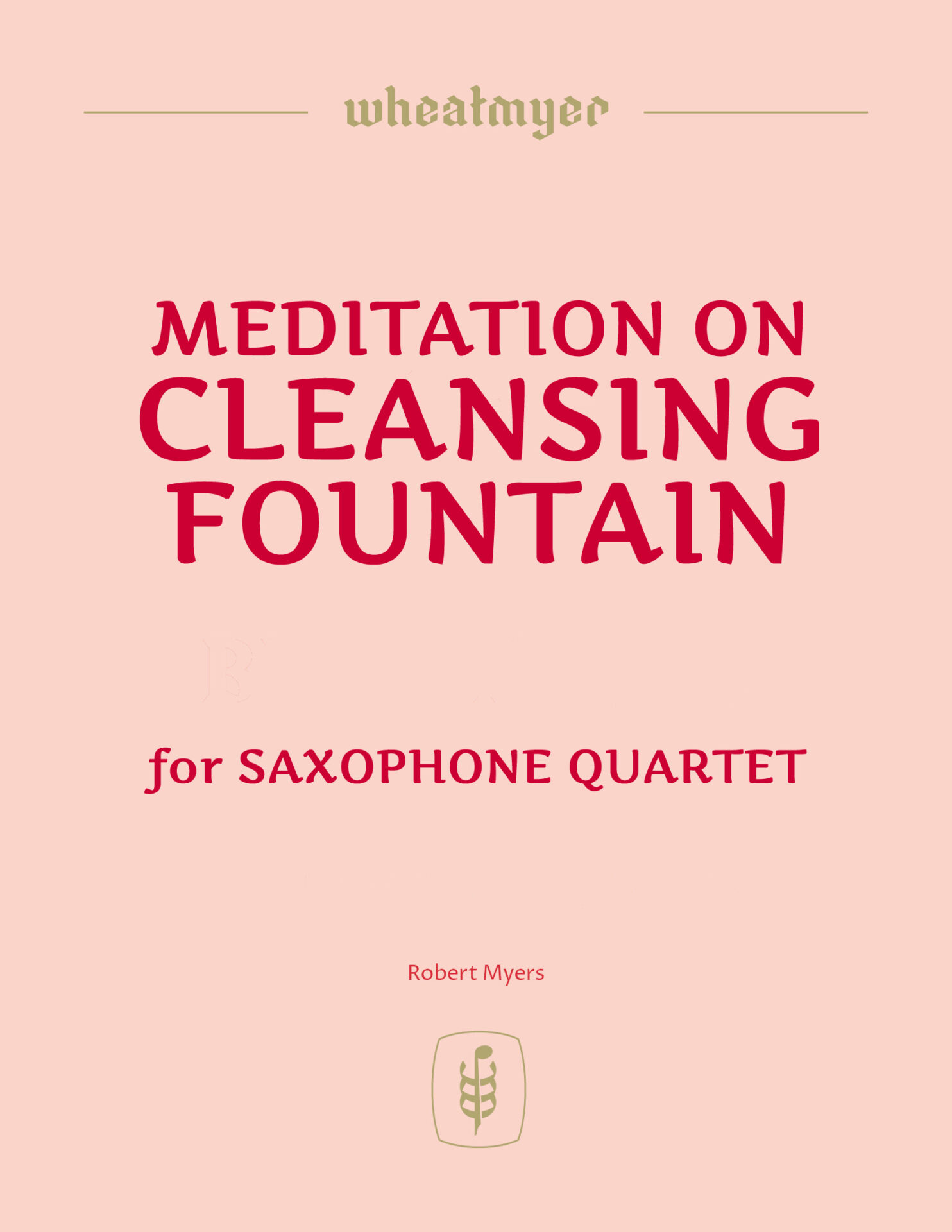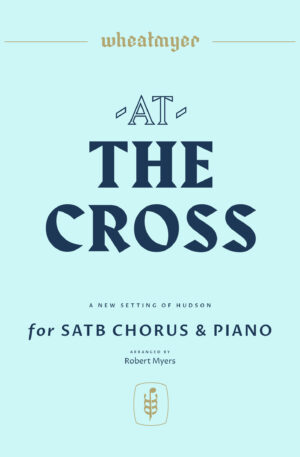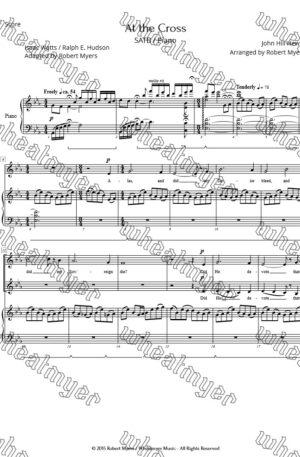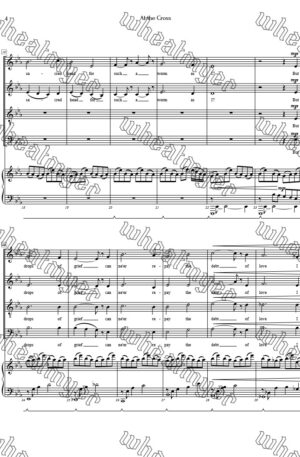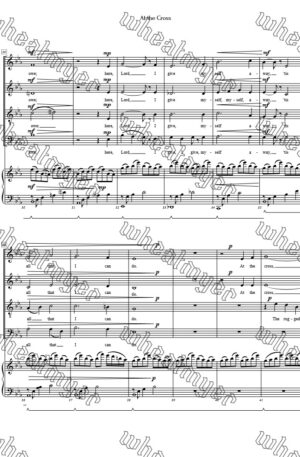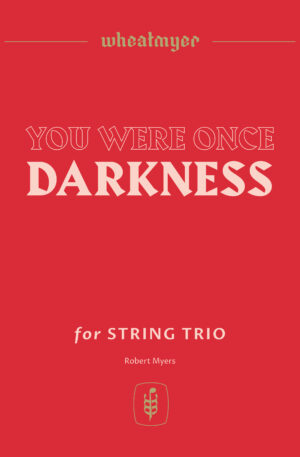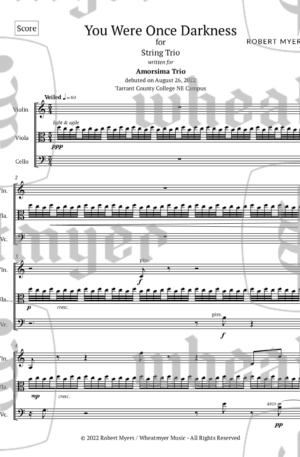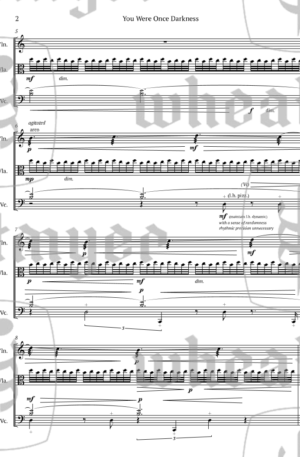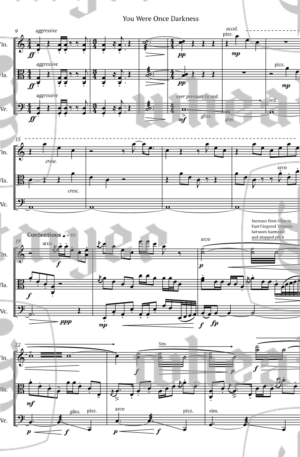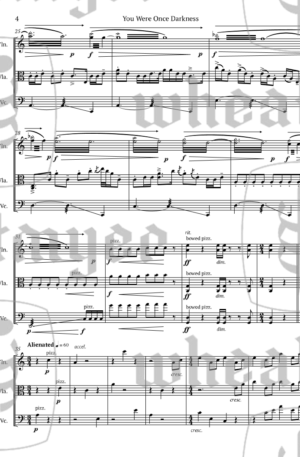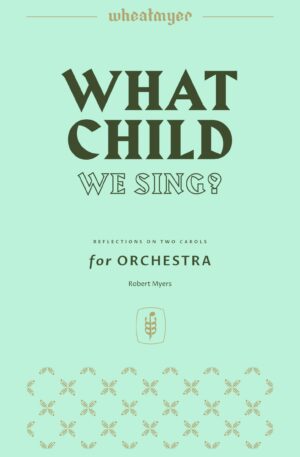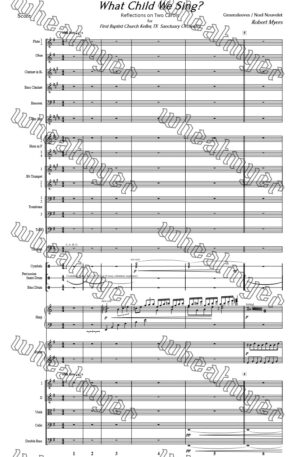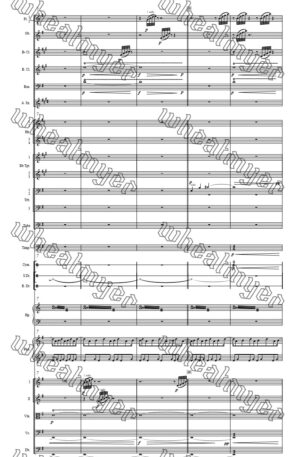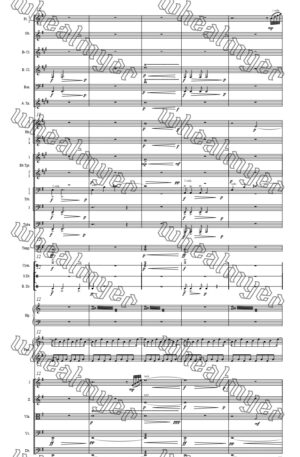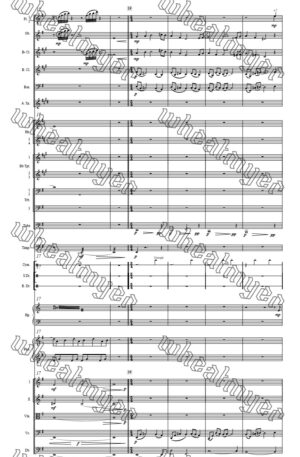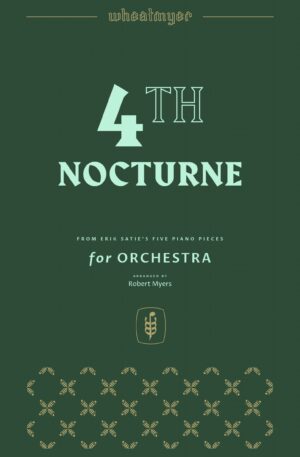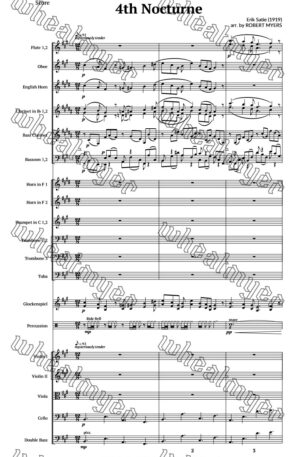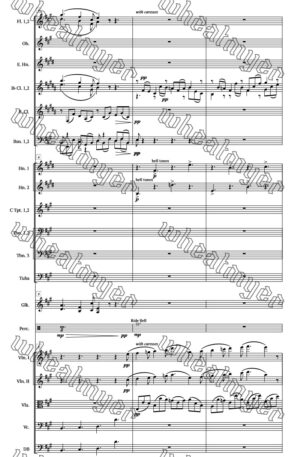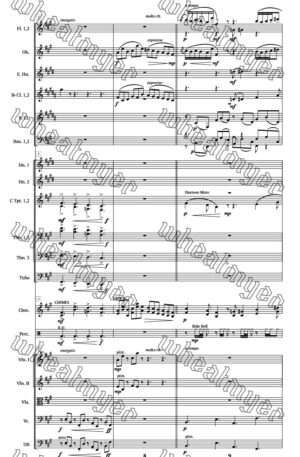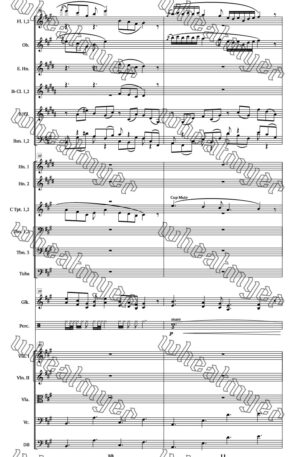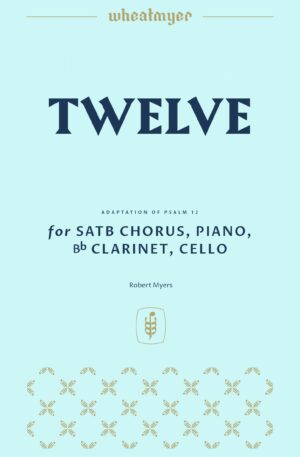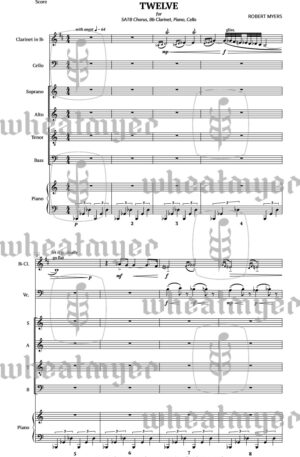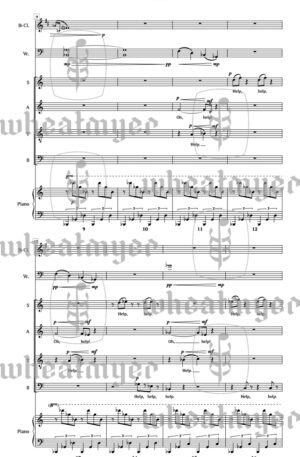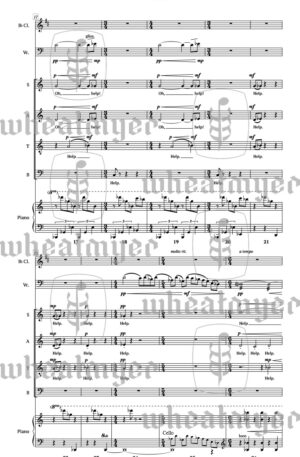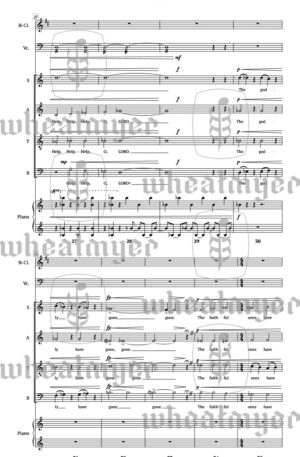Description
Meditation on CLEANSING FOUNTAIN is a setting of an archetypal Early American camp meeting tune interpreted through the lens of compositional techniques developed by 20th Century composers, such as the quintessential American composer Aaron Copland. The result is thus a new and uniquely American take on an American classic. It is meant to be simultaneously fresh and familiar, and at home in contemporary artistic or sacred settings while still being easy on the ears. The music is set for traditional saxophone quartet (Bb Soprano, Eb Alto, Bb Tenor, Eb Baritone) and is suitable for intermediate to advanced players. Purchase price includes full score and set of parts.
Duration: ~4’45”
All of your purchases from WheatMyer Music include a personal level of service. Find a non-trivial error? I’ll fix it. Need a special tranposition not in the parts (e.g., A Clarinet)? I’ll provide it. Would your players benefit from a virtual or in-person visit to a rehearsal or performance? We can likely make that work. Have something else in mind? Let’s talk. I want to make this a personal relationship wherever possible.
To view a full perusal score and see my other works please visit https://wheatmyermusic.com/product/meditation-on-cleansing-fountain/
Although its origins are sketchy, CLEANSING FOUNTAIN is an archetypal Early American camp meeting tune traditionally matched with William Cowper’s text, “There Is a Fountain Filled with Blood.” It was known to be popular among troops on both sides of the Civil War and is often still included in twenty-first century American hymnals.
This new treatment of the tune is meant to be easy on the ears but without employing the common harmonic practices employed from Bach to Brahms. Rather, an intentional effort was made to employ post-tonal practices developed by twentieth century composers such as Copland, Stravinsky, Hindemith, and Persichetti. One will find pandiatonicism, whole-tone scales, rules-based voice movement, unresolved cadences, mixed meters and the like backing up recognizable melodic phrases from the hymn tune, all while staying (mostly) within the diatonic boundaries of a C major scale. Hopefully, the listener will experience the fresh and the familiar and find something newly revealed in this exploration of an American treasure.
Here’s a performance by the SAGA Saxophone Quartet:
Robert Myers
S.D.G.
Additional information
| Level of Difficulty | |
|---|---|
| Genre | Hymns |
General Enquiries
There are no enquiries yet.

